Royal 22nd Regiment
8 /10 1 Votes
| ||||||||||||||||||||||||||||||||||
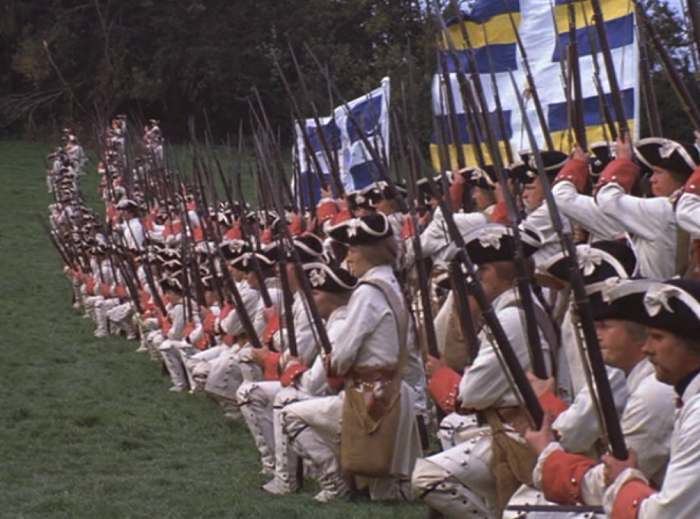 | ||||||||||||||||||||||||||||||||||
The Royal 22nd Regiment (R22R), or rather the Royal 22e Régiment) in both English and French correct usage, and colloquially in English The Van Doos (an anglicized pronunciation of the French for twenty-two, vingt-deux), or, in French, le Vingt-deuxième, is an infantry regiment of the Canadian Army. The mostly francophone regiment comprises three Regular Force battalions, two Primary Reserve battalions, and a band, making it the largest regiment in the Canadian Army. The "maison-mère" or home of the regiment is La Citadelle in Quebec City and is where the regimental museum is housed. The regimental headquarters is located in Quebec City, with all three of its regular battalions stationed at Canadian Forces Base Valcartier in Quebec. The regiment serves as the "local" infantry regiment for Quebec where it draws most of its recruits.
Contents
- History
- Fenian raids
- Great War
- Second World War
- United Nations operations Korea
- Gulf War
- Afghanistan
- Memorials
- Battle honours
- Honorary distinction
- Victoria Cross recipients
- Royal 22e Rgiment
- 4th Battalion Royal 22e Rgiment Chteauguay
- Fusiliers du St Laurent
- 76th Regiment Voltigeurs de Chteauguay
- 6th Battalion Royal 22e Rgiment
- Lineage chart
- War of 1812
- Order of precedence
- Alliances
- Freedom of the city military
- Van Doos in popular culture
- Royal 22e Rgiment Music
- References
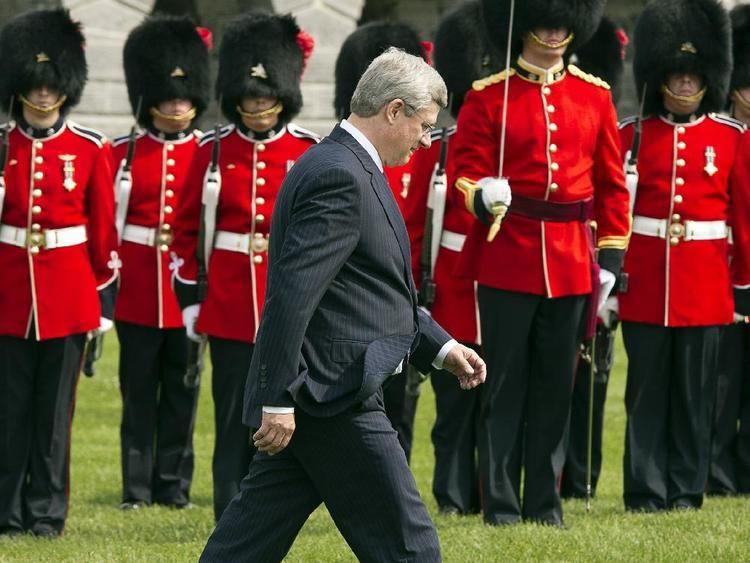
Non-emblazonable honorary distinction Defence of Canada – 1812–1815 – Défense du Canada
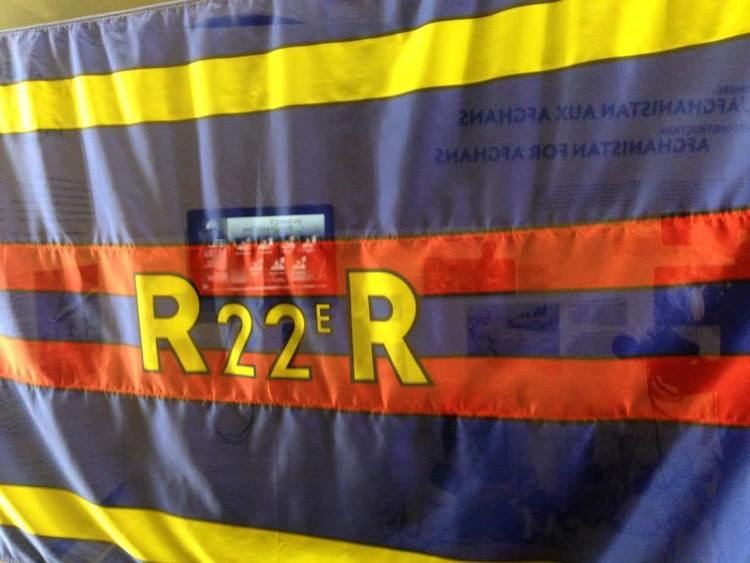
History
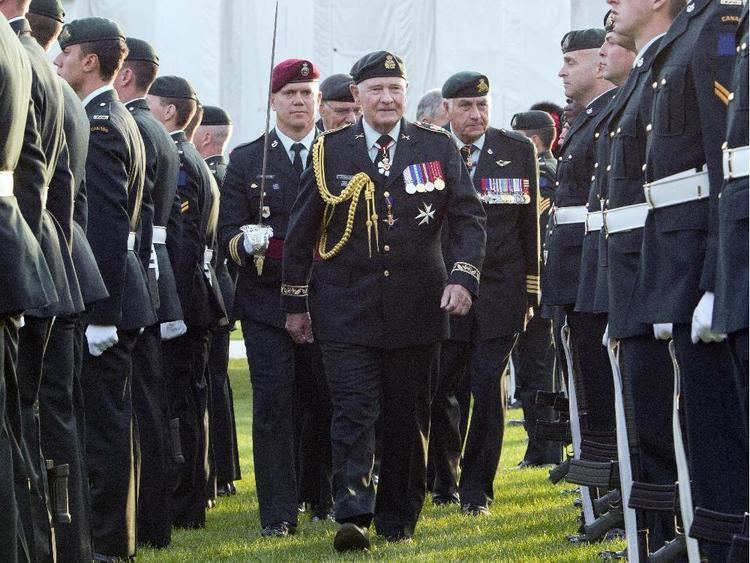
While the Royal 22e Régiment commemorates the history and traditions of the Canadian Regiment of Fencible Infantry from the War of 1812 (also carrying resultant battle honours from the War of 1812), the modern ancestor of the regiment was formed in the early days of the First World War as part of the British Army, when volunteers from all over Canada were being massed for training at Valcartier, Quebec, just outside Quebec City. The first contingent of 30,000 volunteers, which became the 1st Canadian Division of the Canadian Expeditionary Force, were grouped into numbered battalions, regardless of origin. The existing reserve regiments were not mobilized, due to the belief of the Defence Minister, Sam Hughes, that a new "efficient" structure was required. In the process, the new structure failed to create French-speaking units, such as those that had existed in the reserves. Over 1000 French-Canadian volunteers were scattered into different English-speaking units. This was not an oversight. Ontario (Hughes's political base) was in the process of forbidding teaching in French, or of French, in the school system (Regulation 17), causing outrage in French Canada and a lack of support for the war of the "King and country" that was perceived as seeking to destroy the Francophone community in Canada.
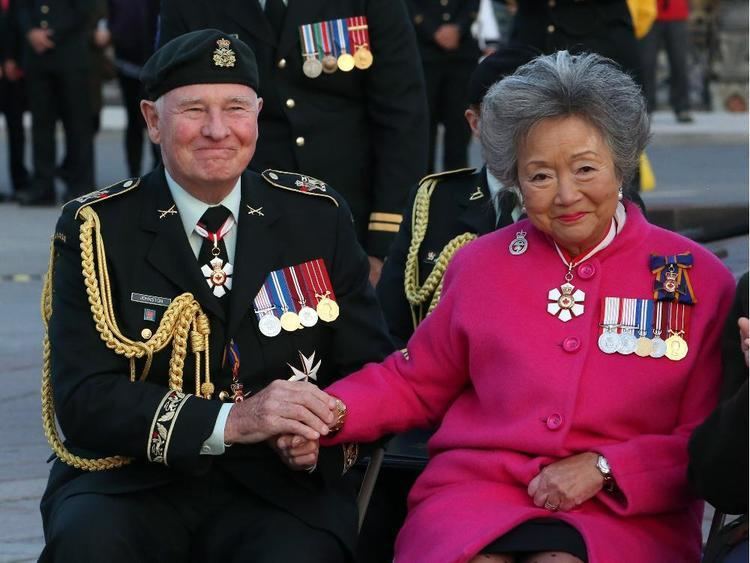
The second contingent was based, more logically, on battalions raised and trained in the various military districts in which they had been recruited, but still on an impersonal numbered basis (with the exception of some with a Highland or Irish identity). Considerable political pressure in Quebec, along with public rallies, demanded the creation of French-speaking units to fight a war that many viewed as being right and necessary, despite Regulation 17 in Ontario.
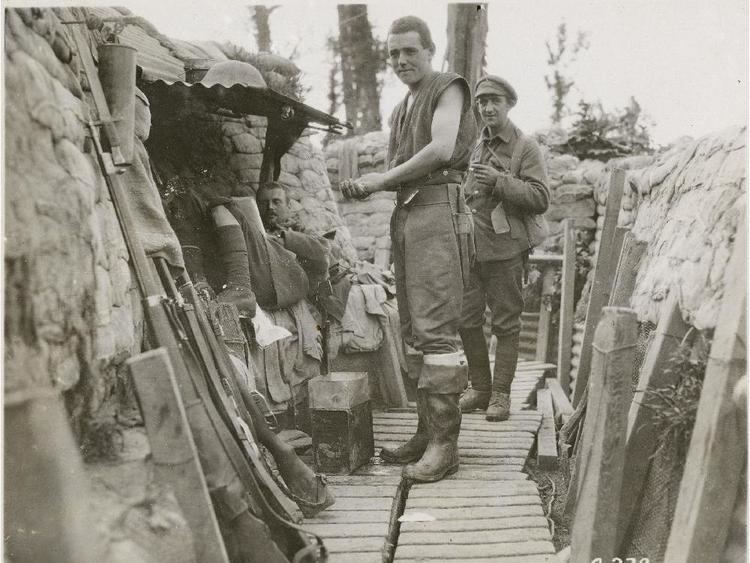
In September 1914, French Canadian pharmaceutical entrepreneur Arthur Mignault communicated with Prime Minister Robert Borden, to incite the formation of a solely French Canadian regiment. Mignault offered the government $50,000 to pursue this end. Borden had recently committed his country into the providing of half a million soldiers to the Allied cause, and was just realising how demanding honouring this promise would show. Borden eagerly accepted Mignault's proposal and accordingly, on 14 October 1914, the 22nd Battalion (French Canadian), CEF, was authorized. Mignault participated in the recruitment campaign, which resulted in a remarkable success; the ranks of the battalion were filled in less than a month. Arthur Mignault is as such considered the founder of the 22nd regiment.
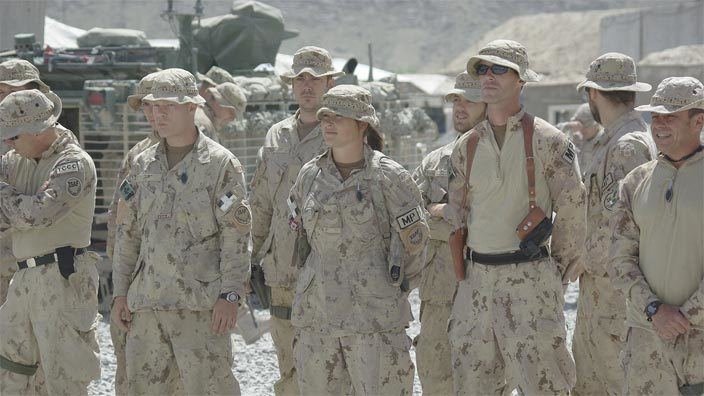
The 22nd went to France as part of the 5th Canadian Brigade and the 2nd Canadian Division in September 1915, and fought with distinction in every major Canadian engagement until the end of the war. While other French-speaking units were also created, they were all broken up upon arrival in France to provide reinforcements for the 22nd, which suffered close to 4000 wounded and killed in the course of the war. Two members of the 22nd were awarded the Victoria Cross in that war, Lieutenant Jean Brillant and Corporal Joseph Kaeble.
After the war, the 22nd Battalion was disbanded on 20 May 1919, sharing the fate of the other numbered battalions of the Canadian Expeditionary Force. However, in the post-war reorganizations of the army, public pressure, such as resolutions by the Legislative Assembly of Quebec as well as the City Council of Quebec City, demanded that a permanent French-language unit be created in the peace-time Regular Force, and accordingly a new regiment was created, made up of veterans of the 22nd Battalion, on 1 April 1920. Initially the regiment, which was given the guard of the Citadelle of Quebec, was simply the 22nd Regiment, but in June 1921 King George V approved the renaming of it as The Royal 22nd Regiment. In 1928, the anomaly of a French-language unit with an English name was resolved, and the regiment became the Royal 22e Régiment in both languages. While in the Canadian Armed Forces, unit names are generally translated into the language of a text, traditional combat arms regiments are identified only in the single language of their troops, either English or French. However, the English version of the R22eR is still seen occasionally, but strictly speaking it is incorrect; only "Royal 22e Régiment" has been official in either language since 1928.
In 1940, the regiment became the first Francophone Canadian unit to mount the King's Guard in London and was the first of the three current Regular Force infantry regiments to do so.
In the Second World War, the regiment was part of the 3rd Canadian Infantry Brigade and the 1st Canadian Infantry Division and was involved in intense combat in Italy, (where Captain Paul Triquet earned the Victoria Cross) and later in the Netherlands and northwest Germany.
During the Korean War, 1951–1953, the regiment expanded to three battalions, each serving in turn as part of the Canadian brigade in the 1st Commonwealth Division. Thus the "Van Doos" represented one-third of Canada's infantry contingent throughout the war.
During the Cold War the regular battalions of the regiment served, in turn, in West Germany as part of 4 Canadian Mechanized Brigade Group, with the 1er Battalion serving permanently from 1967 until the withdrawal in 1993.
The regiment also served during the Oka Crisis. During the life of the Canadian Airborne Regiment (1968–1995) the 1er Commando was manned as a French-speaking sub-unit by soldiers of the Royal 22nd Regiment.
In the 1950s, the Canadian Army promoted a scheme of administratively associating reserve infantry regiments with a regular one. Although this project did not make much progress in most of the army, three reserve regiments did join the Van Doos, becoming battalions of the Royal 22e Régiment:
In the case of Les Fusiliers du St-Laurent, the battalion designation was in a subsidiary title, but it became nevertheless, administratively, part of the Royal 22e Régiment. However, in 1968, Les Fusiliers du St-Laurent dropped the subsidiary title, and ended their administrative association with the R22eR.
Fenian raids
The 64th Voltigeurs de Beauharnois were called out on active service from 9 to 29 April and from 24 to 31 May 1870. The battalion served on the Huntingdon frontier.
Great War
Details of the 64th Châteauguay and Beauharnois Regiment were placed on active service on 6 August 1914 for local protective duty.
The 22nd (French Canadian) Battalion, CEF was authorized on 7 November 1914 and embarked for Great Britain on 20 May 1915. It disembarked in France on 15 September 1915, where it fought as part of the 5th Infantry Brigade, 2nd Canadian Division in France and Flanders until the end of the war. The battalion was disbanded on 15 September 1920.
Second World War
The Royal 22e Régiment was placed on active service on 1 September 1939 as the Royal 22e Régiment, CASF, embarked for Great Britain on 9 December 1939. The regiment landed in Sicily on 10 July 1943 and in Italy on 3 September 1943 as part of 3rd Brigade, 1st Canadian Infantry Division. On 16 March 1945, the regiment moved with the 1st Canadian Corps as part of OPERATION GOLDFLAKE to North-West Europe, where it fought until the end of the war. The overseas regiment was disbanded on 1 March 1946.
On 1 June 1945, a second Active Force component of the regiment was mobilized for service in the Pacific theatre of operations as the 1st Canadian Infantry Battalion (Royal 22e Régiment), CASF. It was redesignated the 2nd Battalion (Royal 22e Régiment), CIC on 2 September 1945 and the Royal 22e Régiment, CIC on 1 March 1946. On 27 June 1946, it was embodied in the Permanent Force.
Details of Le Régiment de Châteauguay (Mitrailleuses) were called out on service on 26 August 1939 and then placed on active service on 1 September 1939, as Le Régiment de Châteauguay (Mitrailleuses), CASF (Details), for local protection duties. The details called out on active service were disbanded on 31 December 1940.
The regiment subsequently mobilized the 1st Battalion, Le Régiment de Châteauguay (Mitrailleuses), CASF for active service on 18 March 1942. It was redesignated as the 1st Airfield Defence Battalion (Le Régiment de Châteauguay) (Mitrailleuses), CIC, CASF on 19 July 1943, the 1st Airfield Defence Battalion (Le Régiment de Châteauguay), CIC, CASF on 1 January 1944 and the 1st Battalion, Le Régiment de Châteauguay, CIC, CASF on 1 September 1944. This unit served in Canada in a home defence role as part of the 7th Canadian Division, and three companies of this unit served in Newfoundland. On 10 January 1945, it embarked for Great Britain, where it was disbanded on 18 January 1945 to provide reinforcements to the Canadian Army in the field.
Details from Le Régiment de St. Hyacinthe were called out on service on 26 August 1939 and then placed on active service on 1 September 1939 as Le Régiment de St. Hyacinthe, CASF (Details), for local protection duties. The details called out on active service were disbanded on 31 December 1940. The regiment subsequently mobilized the 1st Battalion, Le Régiment de St. Hyacinthe, CASF for active service on 3 January 1942. This unit served in Canada in a home defence role as part of Atlantic Command and in Newfoundland from April 1943 to September 1944. The battalion was disbanded on 14 January 1946.
United Nations operations – Korea
Three battalions of the Royal 22e Régiment served in the Republic of Korea as part of the 25th Canadian Infantry Brigade, 1st Commonwealth Division. The 2nd Battalion formed as part of the Special Force was the first to arrive in Korea, serving there from 4 May 1951 to 24 April 1952, followed by the 1st Battalion from 20 April 1952 to 21 April 1953 then the 3rd Battalion from 16 April 1953 to the Armistice on 27 July 1953).
Gulf War
'C' Company from the 1st Battalion, then based at CFB Lahr, West Germany as part of 4 Canadian Mechanized Brigade Group served in Doha, Qatar providing airfield security from 24 December 1990 to the end of March 1991.
Afghanistan
The 3rd Battalion, along with an attached mechanized company from the 1st, provided the basis for the Canadian ISAF contingent in Kabul, Afghanistan, from February to August 2004.
In August 2007 a battle group based on the 3rd Battalion of the Royal 22e Régiment returned to Afghanistan, replacing the 2nd Battalion The Royal Canadian Regiment in Kandahar province. The battle group was made up of a company from each of the regiment's three regular battalions. It also included combat support and service support from all the units of 5 Canadian Mechanized Brigade Group in Valcartier, Quebec. There was a reconnaissance squadron from the 12e Régiment blindé du Canada, a composite tank squadron from Lord Strathcona's Horse (Royal Canadians) (with troops from the other two armoured regiments), a battery from the 5th Regiment light artillery du Canada, an engineer squadron from 5 Combat Engineer Regiment. The battle group, awarded the Commander-in-Chief Unit Commendation, was "instrumental in dismantling improvised explosive device networks, re-capturing checkpoints and returning them to Afghan control, enhancing the capacity of Afghan forces and providing guidance on community building and local governance".
The Royal 22nd Regiment also provided about 150 trainers (in Operational Mentoring and Liaison Teams (OMLTs)) for the three Afghan "Kandaks" serving with them. As well it provided a protection company for the PRT in Kandahar.
The regiment distinguished itself in Kandahar through its determined and successful efforts to establish Afghan police sub-stations, protected by ANA and Canadian presence, in an ever-widening secure zone in the former Taliban home districts of Zhari and Panjawaii. Light infantry elements often fought toe-to-toe with the Taliban, relying heavily on sniper fire and man-portable grenade launchers to gain the edge over the militants. The battle group, and its associated OMLT and PRT elements, had 10 men killed in action during the six-month tour. The many wounded included Captain Simon Mailloux, a Van Doos platoon commander who returned two years later to Kandahar even though his leg had to be amputated.
A second Van Doos battle group, this time based on the 2nd Battalion, deployed to Kandahar from March to November 2009 and was the vanguard of the much-vaunted "key villages" program, wherein Canadian soldiers cleared urban areas of Taliban activity during sweeping combat operations and then installed sub-units permanently in those hamlets, guarding the approaches to Kandahar City. The composition of this battle group was nearly identical to previous incarnations, and it was able to rely heavily on the recently deployed CH-146 Griffon and CH-47 Chinook helicopters to perform a wide variety of airmobile operations, as well as traditional mechanized manoeuvres. The Griffon helicopters proved especially capable at spotting Taliban movements and directing accurate artillery fire on them, preventing Taliban groups from effectively re-infiltrating areas cleared.
Over the course of the seven-month Roto 7, ten soldiers from the battle group were killed in action ("Roto 7" denoting that this was the eighth consecutive Canadian battle group deployment in Kandahar since 2006, as rotations are numbered starting at "0"). An additional five Canadian soldiers, all belonging to the battle group's parent organization, Task Force Kandahar, also died during that period. The vast majority of these soldiers were killed by the Taliban's lethal employment of anti-vehicle or anti-personnel improvised explosive devices.
The final Canadian combat mission began in the fall of 2010 with the 1st Battalion Battle Group (BG) commanded by Lieutenant-colonel Michel-Henri St. Louis. One of the main operations taken on by the BG was Operation Baawar beginning in December 2010 featuring a major road project and a strongpoint construction project led by engineers, tanks, and infantry.
Memorials
A stone shaft was erected on the grounds of Royal Military College Saint-Jean on 26 September 1964 to commemorate the founding of the Royal 22nd Regiment (French-Canadian); the regiment trained at Fort Saint-Jean in 1914. The monument lists the regiment's battle honours.
Je me souviens (1989) by André Gauthier (sculptor), a 6-by-9-foot (1.8 m × 2.7 m) bronze haut-relief bronze and granite wall memorial, was erected at Place George V in front of the Grande Allée Armoury in Quebec City. Unveiled on 11 November 1989, the sculpture honours the memory of the soldiers from the Royal 22e Régiment who were killed during the First and Second World Wars and the Korean War. The sculptor was inspired by A.T.C. Bastiens' painting L'Avance at the Canadian War Museum. The names of soldiers are inscribed in granite on the monument.
There is a group of 28 gravestones of members of the Royal 22nd Regiment who died between 1929 and 1960 in the Notre Dame de Belmont Cemetery in Quebec City, Quebec. Four gravestones, dated 1929, 1935, 1938, 1938 feature a crown, beaver and regimental motto. Seven gravestones, dated 1939, 1941, 1941, 1942, 1942, 1942, 1947 feature the Maple Leaf and Canadian Forces cross. Seven gravestones feature the Canadian Forces cross dated 1954, 1954, 1955, 1955, 1955, 1954, 1960.
Battle honours
Battle honours in small capitals are for large operations and campaigns and those in lowercase are for more specific battles. Bold type indicates honours emblazoned on regimental colours.
Non-emblazonable honorary distinction Defence of Canada – 1812–1815 – Défense du Canada
Honorary distinction
The non-emblazonable honorary distinction DEFENCE OF CANADA - 1812-1815 - DÉFENSE DU CANADA.
Victoria Cross recipients
† – Awarded posthumously
Royal 22e Régiment
4th Battalion, Royal 22e Régiment (Châteauguay)
Fusiliers du St-Laurent
76th Regiment "Voltigeurs de Châteauguay"
6th Battalion, Royal 22e Régiment
Lineage chart
Lineage of the units of the Royal 22e Régiment.
War of 1812
Order of precedence
Regular Force:
Reserve Force:
Alliances
Freedom of the city (military)
The Royal 22e Régiment exercises its freedom of the city annually in Quebec City on 3 July Quebec cities that have granted freedom of the city to the regiment include: Quebec City, Saint-Hyacinthe, Saint-Jérôme, Farnham, Saint-Jean-sur-Richelieu, Drummondville and Val-Bélair. Foreign cities that have granted freedom of the city to the regiment include: Werl, Germany; Lahr, Germany and Ortona, Italy.
Van Doos in popular culture
The Van Doos are the subject of a 2011 National Film Board of Canada documentary Le 22e Régiment en Afghanistan (English: The Van Doos in Afghanistan). The documentary was filmed in Afghanistan in March 2011. On 9 November 2011, the film was previewed for the families of 26 soldiers who have died during their mission in Afghanistan, at a ceremony at the Valcartier base. A commemorative mural by Canadian artist Dave Sopha was also unveiled.
Royal 22e Régiment Music
The song L'immortel 22ème Canadien-français by Paul Ravennes (music), and Léon Chevalier (words) was published by J.E. Belair, Montreal. The first line is: Gloire au vailland 22ème, a lui la palme de vainqueur; Refrain: Vaillants soldats, vos noms dans notre histoire.
